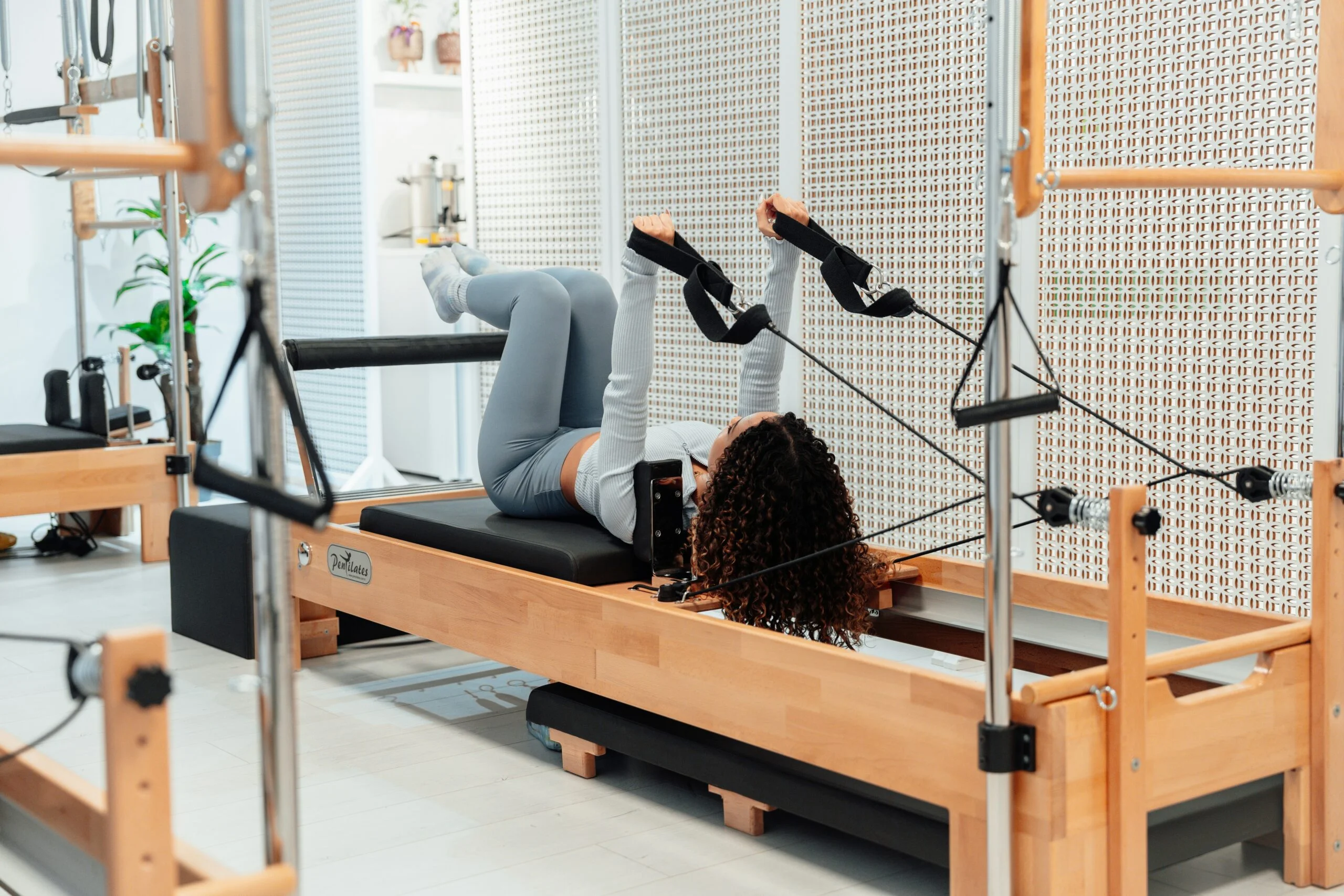When undergoing cancer treatment, it’s natural to feel that rest is the only option. Your body is working overtime, your mind is often overwhelmed, and fatigue can feel all-encompassing. While rest is undoubtedly important, recent research highlights that appropriate, tailored movement is equally vital—and can actively support your recovery.
Exercise during chemotherapy and radiotherapy might seem counterintuitive. However, the right kind of movement, when carefully adapted, can ease side effects, boost mental wellbeing, and help you maintain strength at a time when it feels like so much is being taken from you.
Rethinking Rest: The Evidence for Movement During Treatment
Traditionally, advice for those undergoing cancer treatment was straightforward: rest, avoid exertion, and wait until you feel better. This “rest-first” approach is now being re-evaluated, thanks to growing evidence from oncology and exercise science.
Cancer Research UK highlights that physical activity, even in small amounts, can help reduce cancer-related fatigue, strengthen the heart and lungs, and improve treatment tolerance. Similarly, the Macmillan Move More report found that patients who exercised regularly during treatment experienced fewer and less severe side effects, improved energy levels, and a better quality of life.
The key lies in clinical exercise physiology—movement that is tailored to your needs, supervised by professionals, and integrated into your treatment plan.
What Does Exercise During Treatment Involve?
This isn’t about pushing your limits or spending hours in the gym. Oncology exercise support typically involves low- to moderate-intensity movement, carefully adapted to your energy levels, treatment plan, and medical requirements.
Examples include:
- Gentle walking or stationary cycling
- Strength exercises using bodyweight or resistance bands
- Balance and stability work
- Breathing and relaxation techniques
- Functional training to support everyday tasks
At centres like Longevity Health & Fitness, Clinical Exercise Physiologists design and oversee these sessions, ensuring every movement is safe, effective, and personalised.
Addressing Fatigue: The Most Common Concern
Fatigue is one of the most widespread and challenging side effects of cancer treatment. Understandably, many worry that exercise will worsen it. In reality, inactivity can exacerbate fatigue, creating a cycle that’s difficult to break.
Even short bursts of movement can improve circulation, enhance oxygen delivery to tissues, and trigger the release of endorphins—all of which help lift energy and mood. Over time, regular, targeted exercise can reduce the intensity of fatigue and restore a sense of control over your body.
Why It’s Safe—When Done Properly
A cancer diagnosis often brings concerns about fragility. While these fears are valid, supervised movement is not only safe for most people undergoing treatment—it’s protective.
A qualified Clinical Exercise Physiologist will:
- Conduct a thorough assessment of your health and treatment history
- Monitor your response to each session
- Adjust exercises to accommodate symptoms such as nausea, joint pain, or low blood counts
- Collaborate with your wider healthcare team to ensure continuity of care
This isn’t about pushing through discomfort or risking injury. It’s about rebuilding confidence in your body and moving with support, not pressure.
The Emotional Benefits of Staying Active
Exercise during treatment offers more than just physical benefits—it’s a powerful tool for emotional wellbeing. Many people find that movement helps:
- Reduce anxiety and lift low mood
- Combat “chemo brain” and improve mental clarity
- Provide structure and purpose during long treatment cycles
- Restore a sense of normality and self-agency
When so much of life feels dictated by appointments, medications, and test results, exercise offers something invaluable: a moment of choice and self-care.
Making It Work: Flexibility and Personalisation
One of the greatest advantages of oncology exercise support is its adaptability. Programmes can be delivered:
- In person, either one-to-one or in small groups
- At home, through guided video sessions or live virtual support
- During treatment breaks, or even on the same day as chemotherapy or radiotherapy (with adjustments)
The right provider will work around your schedule, energy levels, and goals—whether that’s managing side effects, maintaining independence, or simply feeling more in control.
If you’re currently undergoing cancer treatment and wondering whether movement could help, it’s worth exploring exercise as part of your overall care plan.
Why It Matters Now More Than Ever
With cancer survival rates improving, more people are living longer after diagnosis—but they’re also living with the side effects of treatment. The focus of cancer rehabilitation is no longer just survival, but quality of life.
Exercise is one of the most effective tools we have to help individuals thrive, not just survive, during treatment. When delivered by clinically trained professionals, it becomes a safe, supportive, and personalised part of recovery.
Ready to take that first step—at your own pace?
Discover how Longevity Health & Fitness supports individuals through chemotherapy and radiotherapy with tailored oncology movement programmes. Visit Longevity Health & Fitness to learn more.



